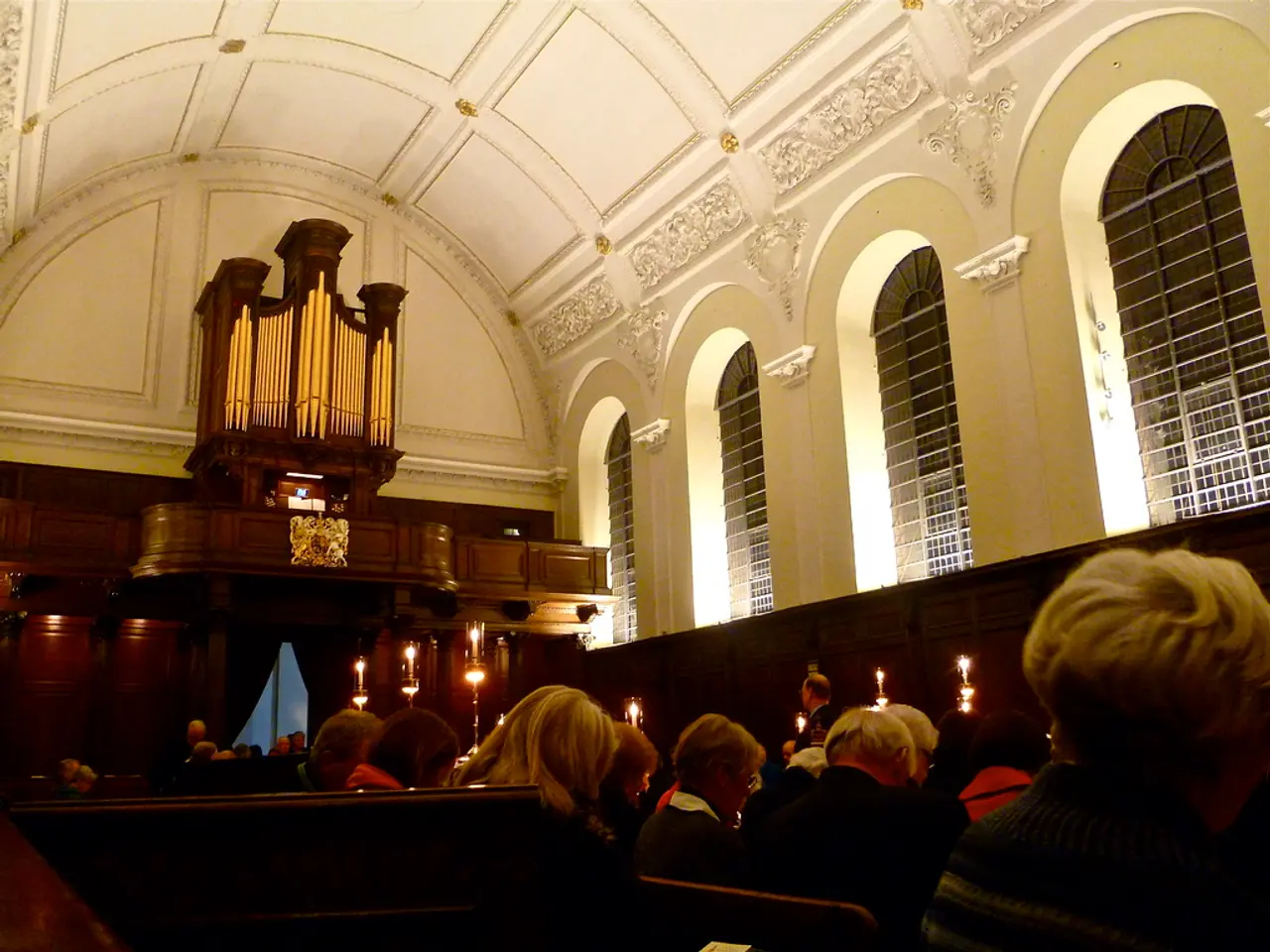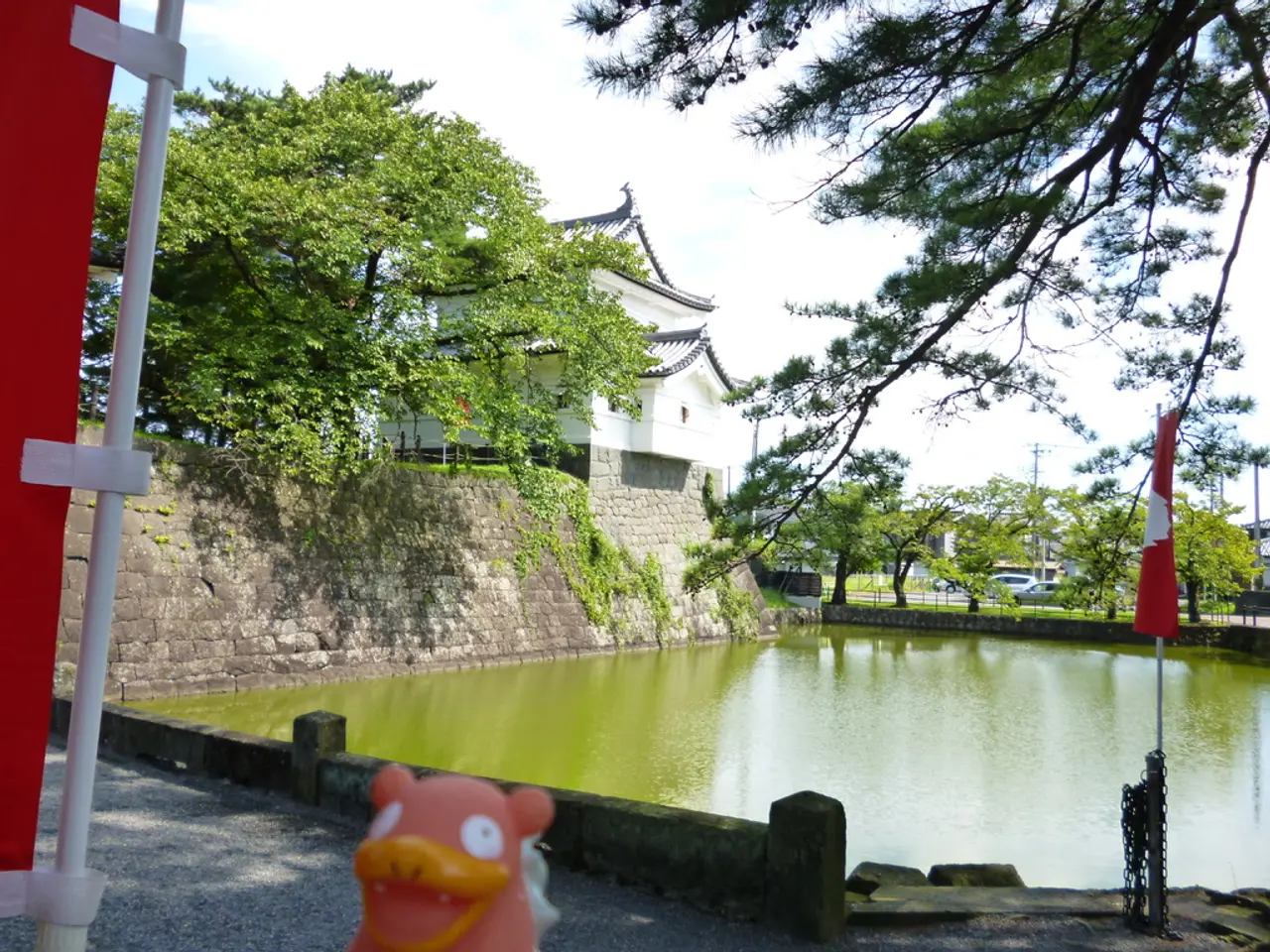Blazing the Tourism Trail in Turkestan, Kazakhstan
Explore Turkestan: Opportunities, Advancement, and Limitless Possibilities
Nursultan Abishovich Nazarbayev, the first President of Kazakhstan, declared Turkestan as the spiritual center of the nation. This declaration sets the stage for making this city a must-visit for both domestic and international travelers. The tourism industry in the region presents a promising future, backed by its strategic location and rich historical and cultural heritage.
Over the Silk Road era, the Turkestan region was a popular destination for merchants and tourists alike. Today, significant highways, like the Turkestan-Siberian, Orenburg-Tashkent, and the trans-Asian highway from Shanghai and Beijing to Ankara and Istanbul, weave their way through the region, further boosting its tourist appeal.
The region houses 1754 historical and cultural monuments, with the mausoleum of Khoja Ahmed Yasawi being one of international significance. Apart from its cultural and historical sites, Turkestan boasts unique natural landscapes, offering diverse tourism opportunities.
Gulmira Akhberdieva, the head of the tourism department of the Turkestan region, spoke about the newly opened "Caravanserai" tourist complex. This complex features premium-class hotels, shopping centers, SPA centers, and a flying cinema, offering guests an immersive experience into the history and culture of Kazakhstan. The complex also includes Eastern-style trade zones, brand stores, and an open-air market.
Turkestan's development as a cultural and spiritual capital of the Turkic world and as a center for international tourism and pilgrimage in Central Asia is a strategic priority in the state tourism policy. The government is offering substantial support for the sustainable development of tourism, focusing on three key directions: historical and educational, health and recreational, and ecological tourism.
Despite the challenges posed by the COVID-19 pandemic, several tourist facilities, including the "Caravanserai" tourist complex, have been operationalized in the first nine months of 2021. The planned construction of the high-speed railway line Turkestan - Shymkent - Tashkent will further enhance the region's tourist potential.
In addition to the developments in Turkestan city, the region offers attractive locations for extreme sports enthusiasts, archaeology buffs, and nature lovers. Natural sites like the Kyzykum sands, the Tien Shan highlands, and unique archaeological sites such as Otrar, Oqsyz, Sazak, Ikan, and Sauran draw significant interest from foreign tourists, offering a chance to connect with ancient history and learn about Kazakhstan's cultural heritage.
Gulmira Akhberdieva emphasizes the immense potential that Turkestan holds for tourism, both regionally and internationally. It is crucial to develop this sector and create a positive image of the city, not just among Kazakhs but also abroad.
During the past three years, significant strides have been made in highlighting Turkestan's uniqueness, restoring its authentic culture, and reviving its status as a political and spiritual center of the country. While there is still much to be done, the immense potential of Turkestan and its growing appeal among tourists are already evident.
Interesting Facts:
- The Kazakh government is investing heavily in infrastructure projects to enhance the region's connectivity, such as the Central-West Highway and repairs to routes like the Turkistan–Shauildir.
- Turkestan is home to the Khazret Sultan Mausoleum, a UNESCO World Heritage candidate that serves as a spiritual and historical hub.
- While less documented, national trends suggest the development of ecotourism in the Saryarka plains and nearby rivers like the Syr Darya.
- Kazakhstan's 5,000 km railway modernization and 12,000 km highway repairs will bolster transit networks nationwide, potentially benefiting Turkestan's tourism sector.
- The Middle Corridor Initiative, which prioritizes trade routes, also aims to stabilize regional economies, creating opportunities for ancillary tourism investments.
- The mausoleum of Khoja Ahmed Yasawi, a structure of international significance in Turkestan, is a crucial historical and cultural monument that draws visitors from around the world.
- Gulmira Akhberdieva, the head of the tourism department, has highlighted the immense potential of Turkestan for regional and international tourism, including the development of new tourist complexes like the "Caravanserai."
- Strategic infrastructure projects, such as the reconstruction of the Turkistan–Shauildir route and the Central-West Highway, are aimed at enhancing the region's connectivity, thereby boosting its tourist appeal.
- In addition to the historical and cultural sites, Turkestan's unique natural landscapes, like the Kyzykum sands and the Tien Shan highlands, offer diverse tourism opportunities for nature lovers and extreme sports enthusiasts.
- The Kazakh government's investments in infrastructure projects, such as the modernization of the 5,000 km railway and 12,000 km highway repairs, aim to bolster transit networks nationwide, potentially benefiting the tourism sector of regions like Turkestan.




